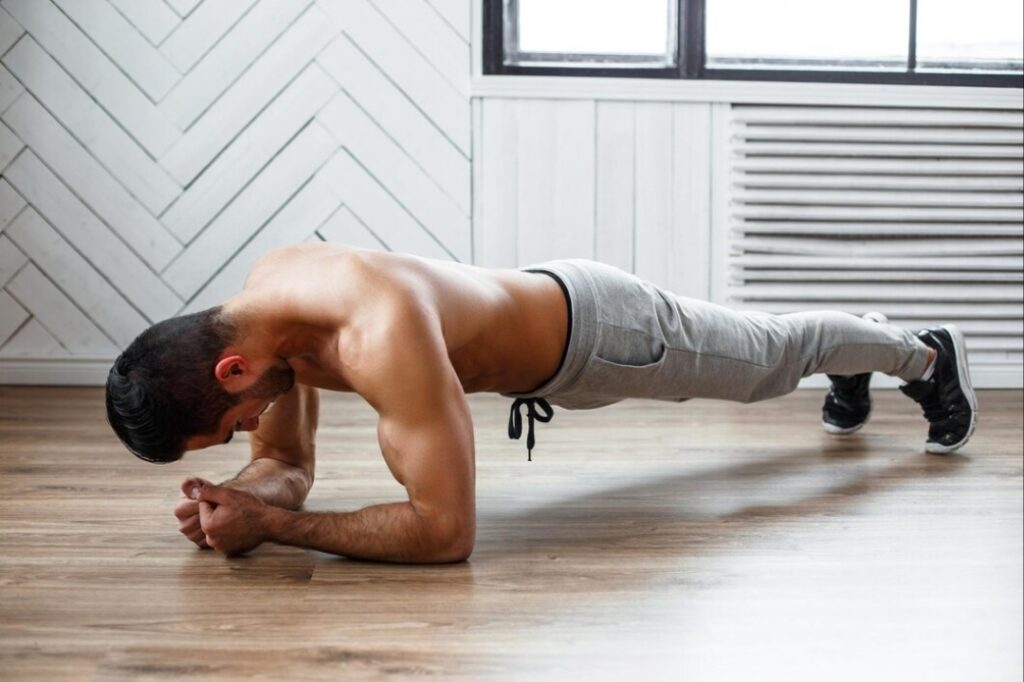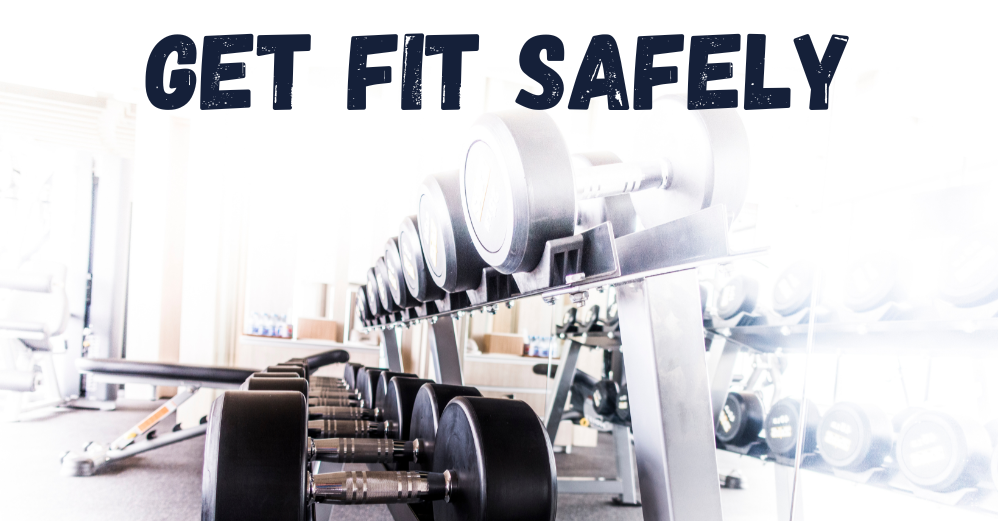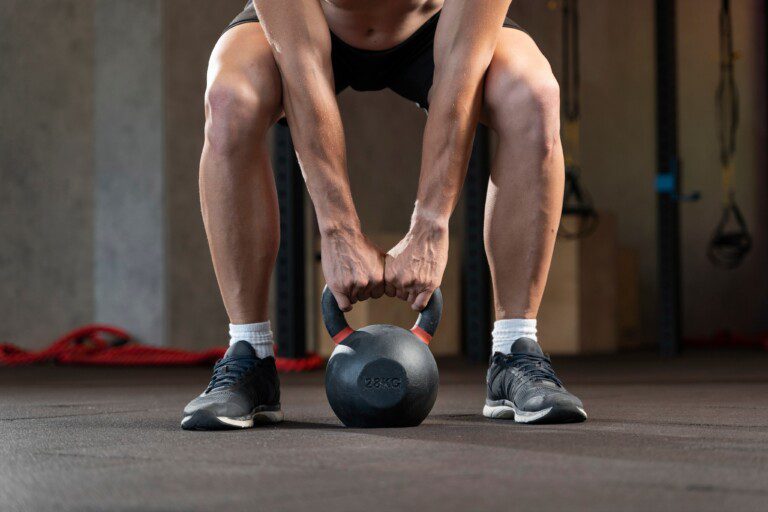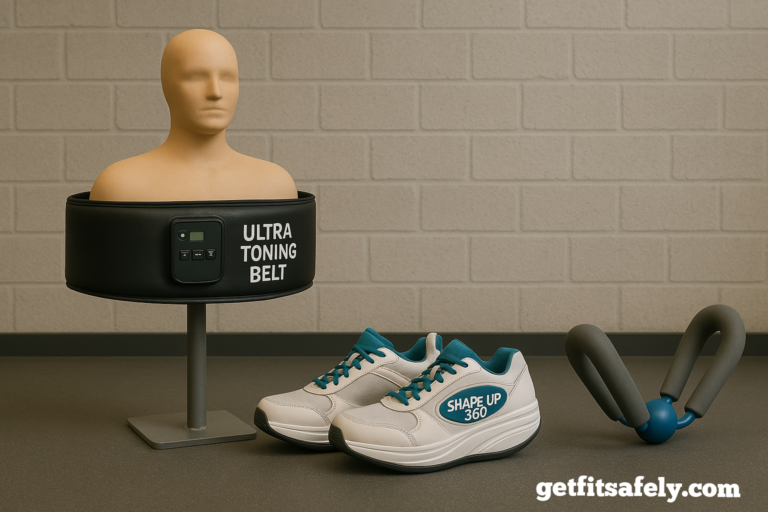You know, just the other day, I watched a buddy of mine wrestling with one of those complicated ab machines at the gym.
He looked more like he was trying to pilot a spaceship than get a workout in.
It got me thinking—do we really need all this fancy equipment to strengthen our core?
Or can a simple, no-equipment workout do the trick and still bring serious results?
In reality, I’ve been paying attention to this for quite some time now.
What really matters when training that midsection isn’t about machines or gadgets.
Turns out, your body alone can be a pretty powerful training tool.
Why Simple Floor Exercises Can Beat Crunch Machines for Core Strength
Over time, I’ve seen countless examples of people swapping crunch machines for simple floor routines and thriving.
They didn’t lose strength—in fact, many found themselves feeling more connected, stable, and in control.
The beauty of these routines is the freedom to train anywhere, relying on solid technique and consistency instead of fancy equipment.
If there’s one thing I’ve learned, it’s that you don’t need a shiny contraption to build a rock-solid core.
Sometimes, the best gear you’ll ever own is the body you woke up in this morning.
The Core of the Matter

Your core is like the foundation of a house.
If that foundation is shaky, the structure above isn’t as stable.
A strong core supports every movement you make, from lifting groceries to running up stairs.
This isn’t just about looking good at the beach—though that’s a nice perk—it’s about feeling strong and steady in everyday life.
Building that strength doesn’t require a room full of expensive gear.
Sometimes, using your own body weight is enough to fire up those deep muscles that hold you together.
No-Equipment Workouts: Do They Stack Up?
Bodyweight exercises have stood the test of time for a reason.
Think about athletes who rely on their own mass to build incredible strength—gymnasts, dancers, martial artists.
They’re not just going through the motions; they’re tapping into a source of resistance that’s always available: their own body.
And honestly, that’s what I love about these exercises—you don’t need to lug around heavy equipment or get tangled in complicated setups.
Your body is the ultimate tool, always ready for action.
Studies show that simple exercises, like planks or mountain climbers, can engage the core as effectively as some high-tech machines.
The beauty here is adaptability.
You can adjust intensity by changing angles, holding positions longer, or adding more reps, all without plugging in a single device.
Plus, there’s something empowering about knowing you’re in control—no need to rely on anything but yourself.
Practical Advantages
We’re all busy.
Hopping on a quick plank circuit at home saves time and money.
No commute, no waiting for sweaty machines, no worrying about gym hours.
It’s just you, the floor, and a bit of grit.
Imagine rolling out of bed, hitting a short core routine, and then moving on with your day feeling more stable, more supported, and more confident.
Convenience is king, and when convenience meets effectiveness, that’s a winning combo.
Engaging Multiple Muscles
Research shows that bodyweight exercises can improve flexibility, functionality, and stability.
Machines tend to isolate one muscle at a time, but let’s be real—life doesn’t work that way.
I can’t think of a single moment when only my abs were needed.
Picking up groceries or chasing my dog always calls for teamwork between multiple muscles.
Exercises like planks and bird dogs don’t just fire up your core—they train your entire body to work together, like a well-oiled machine.
Additionally, I’ve noticed that since incorporating planks regularly, I feel more upright throughout the day, and lifting tasks have become much easier.
How Long Should Your Core Workouts Be?

The sweet spot varies with your schedule and goals.
5 minutes of focused, intense work each day can make a real difference if you’re consistent.
Believe it or not, even a quick plank session can leave you feeling stronger and more grounded.
10 minutes is great for a solid blast that’s easy to fit into your daily routine.
I’ve often used a quick 10-minute core workout to reset after a long day—it’s amazing how much it boosts your energy.
15 to 20 minutes allows you to layer in more variety.
You can add static holds, dynamic movements, or progressions that challenge you just a little more each week.
It’s the perfect window for experimenting and keeping things interesting.
Going for 30 minutes or more?
Now we’re talking!
That’s an in-depth session where you can break down each section of your core and explore tougher challenges.
Personally, I’ve found that longer sessions help me stay more connected to my movements and really focus on form.
Ultimately, it’s about finding a duration you can stick with, maintaining proper form, and steadily improving.
Whether it’s 5 minutes or 30, what matters most is showing up and putting in the work.
That consistency pays off in ways you’ll feel every day.
A Sample 10-Minute Routine
Let’s say you want to give it a go.
Try this quick 10-minute set that targets your entire core:
Plank – 1 minute
Targets: Transverse abdominis, rectus abdominis, obliques, and shoulders.
Keep your body straight from head to heels. Rest your elbows directly under your shoulders, engage your core, and avoid letting your hips sag or rise too high.
Side Plank – 30 seconds each side
Targets: Obliques, transverse abdominis, and shoulders.
Lie on your side, prop yourself up on one elbow, and lift your hips until your body forms a straight line. Keep your core tight and your body stable. Switch sides after 30 seconds.
Bird Dogs – 1 minute
Targets: Lower back, glutes, and transverse abdominis.
Start on all fours. Extend your right arm and left leg simultaneously, keeping your back flat and hips steady. Slowly return to the starting position and switch sides.
Mountain Climbers – 1 minute
Targets: Rectus abdominis, obliques, and hip flexors.
From a plank position, bring one knee toward your chest, then quickly alternate legs. Keep your core engaged and move at a steady pace.
Glute Bridge – 1 minute
Targets: Glutes, hamstrings, and lower back.
Lie on your back with your knees bent and feet flat on the floor. Lift your hips toward the ceiling, squeezing your glutes at the top, and slowly lower back down.
Superman Holds – 1 minute
Targets: Lower back, glutes, and shoulders.
Lie face down on the floor. Simultaneously lift your arms, chest, and legs off the ground, holding the position while engaging your lower back and glutes.
Russian Twists – 1 minute
Targets: Obliques and transverse abdominis.
Sit with your knees bent and feet slightly off the floor. Lean back slightly and twist your torso from side to side. Focus on controlled movements rather than speed.
Leg Raises – 1 minute
Targets: Lower abs and hip flexors.
Lie flat on your back with your legs straight. Slowly lift them to a 90-degree angle and lower them back down without letting your lower back arch off the floor.
It’s short, it’s intense, and it covers all angles.
Crunches vs. Planks vs. Machines
Crunches zero in on your upper abs, giving that burn but sometimes straining the neck and spine.
Planks engage the entire trunk—front, sides, and even back—making them a well-rounded choice that encourages good posture and stability.
Machines can add load and isolate muscles, but they often lack the full-spectrum engagement bodyweight exercises provide.
If I had to rank them for overall functional strength, planks often come out on top.
You’re not just building a pretty midsection; you’re forging a core that supports you in any position—standing, sitting, twisting, or lifting.
What About Back Pain?
If you’re dealing with back discomfort, proceed with caution.
Traditional crunches, done hastily, can put extra pressure on the spine.
Instead, consider planks, bird dogs, or dead bugs—exercises that strengthen your core without excessive spinal flexion.
These moves keep the spine neutral, letting you build support around it rather than compressing it.
Always pay attention to how you feel, and if something doesn’t sit right, there’s no shame in modifying or consulting a professional.
Can You Build Abs by Only Doing Ab Exercises?
Training your core can definitely build strength, but if you’re aiming for defined abs, there’s more to the equation than just crunches.
You can’t spot-reduce fat, so shedding that layer often comes down to overall body composition.
A balanced diet, full-body workouts, and consistent cardio help reveal what you’ve developed underneath.
Think of them as the prize after you’ve put the whole puzzle together—a reflection of effort, balance, and consistency.
Training at Home: Is It Enough?
Can you build serious core strength at home with no equipment?
Absolutely.
Your body can be your gym, and the exercises we’ve discussed prove it.
With dedication and creativity, you can challenge yourself in countless ways.
Try longer holds, slower reps, single-arm or single-leg variations, or even stability challenges like balancing on one foot to ramp up the intensity.
The key is to stay consistent, stay patient, and explore what your body can do on its own.
Limitations to Keep in Mind
This doesn’t mean machines are pointless.
They can target specific muscles, add resistance, and offer variety when you crave something new.
Also, some people enjoy the structure of gym workouts—nothing wrong with that.
The main point: you’re not stuck if you can’t hit the gym.
No-equipment routines are a valid, effective path to a stronger, more stable core.
Embrace both methods if you like, or pick the one that best fits your lifestyle.
Wrapping It Up
So, how does a quick no-equipment core workout compare to the gym?
Honestly, it holds its own, delivering stability, strength, and convenience without the hassle of heavy machinery.
Your body is the most versatile tool you’ve got, ready to help you build a core that doesn’t just look good but actually supports you in the real world.
I’ve learned that mixing things up and sticking to a routine keeps it fun and effective.
It’s surprising how much progress you can make with just consistency and a bit of effort.
In the end, it’s about feeling strong in your own skin, confident in your abilities, and ready for whatever life throws at you.
And trust me, ditching those spaceship-like ab machines feels like freedom.





